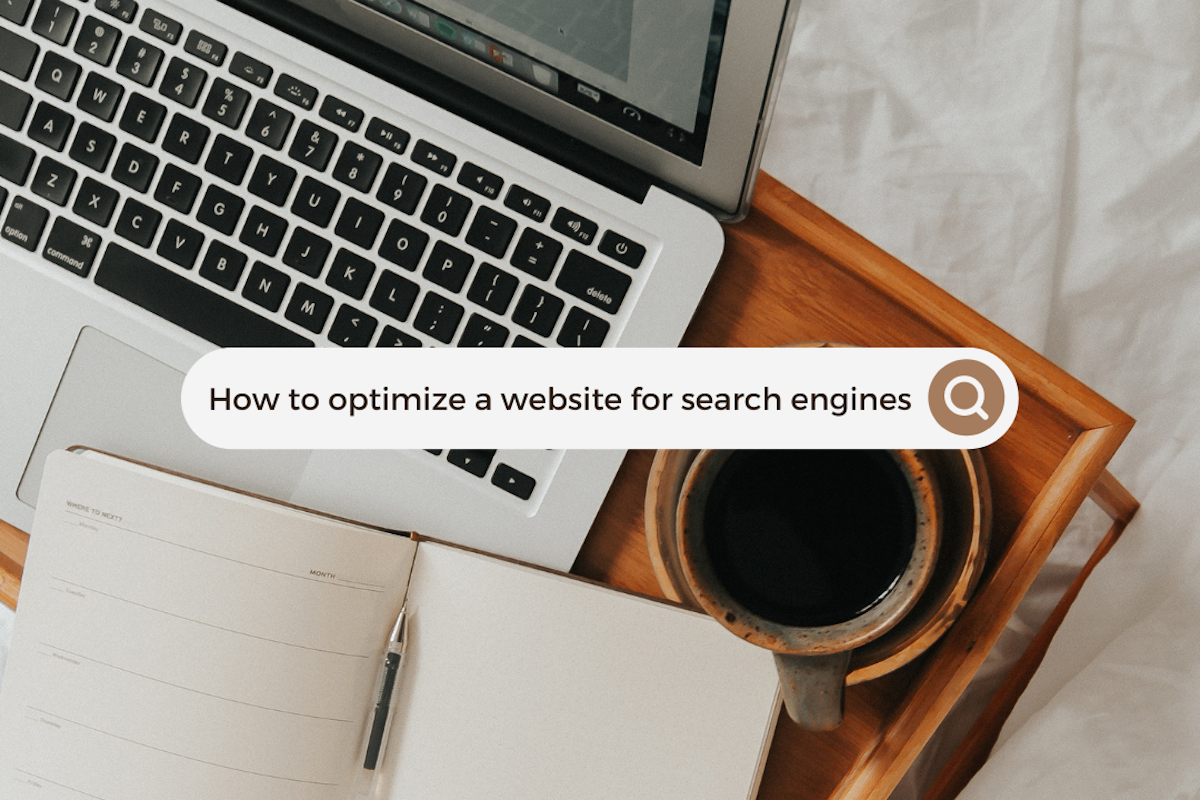Are You Truly Optimizing Your Website for Search Engines?
July 7, 2023

I will be the first to admit that I underestimated not the value of search engine optimization (SEO), but the sheer volume of work it takes to improve a company’s rankings in the search engine results pages (or SERPs) that bring readers to a site.
Like many–and maybe even you–I thought SEO was simply a matter of making sure that a website’s pages had the relevant keywords to help people find it. In reality, SEO requires constant attention to make sure search engines crawl and rank a website regularly.
That’s because search engines use complex algorithms to determine the relevance and importance of web pages. These algorithms, known only to the search engines, use keywords to help rank a page’s content. But that’s not all. The algorithms use the quality and relevance of the content, the quality of the links pointing to the page, and even the frequency that people land on the page to determine the content’s authority on those keywords.
Everything matters to search engines–from the words used to the consistency and size of images. Let’s take a look at SEO basics.
SEO Basics
First and foremost, you must identify the keywords and phrases that readers use to find your products or services. Incorporate these keywords into various elements of your website, such as the meta tags, page descriptions, image alt tags, page schemas, and the web copy itself.
Meta tags are HTML-based tags that provide information about a web page to search engines. The two most important meta tags for SEO are the title tag and the meta description tag. The title tag is the text that appears in the browser tab and is also used by search engines to determine the relevance of the page. The meta description tag is the text that appears below the title tag in the SERPs and is used by search engines to provide a brief summary of the page’s content.
Another important element for SEO is the page description, which provides more detailed information about the page to the user and the search engines. Add a page description to improve the click-through rate of the page and give users a better understanding of the page’s content.
When it comes to images, it’s important to use image alt tags to describe the image to search engines. This allows search engines to understand the context of the image and determine its relevance. It also helps to provide accessibility to users with visual impairments as a screen reader can read the alt tag aloud. But don’t stop there with images. You must also keep your images compressed and consistent so they don’t slow the page load process.
Page schemas are a set of tags that provide additional information to search engines about the page’s content. This can include the author’s name, the publishing date, and the type of content on the page.
Finally, link title texts include the texts that appear in the hyperlink and usually help readers understand what the link leads to. The search engines also use link title texts to understand the context of the link and the relevance of the linking page. By using descriptive link title texts, you can help search engines understand the context of the link and improve the visibility of your page in the SERPs. Plus, you want the link text to encourage the user to take action; “Contact Our Team Today” is much more engaging than “Click Here.”
Create Content with an SEO Mind
Got the basics down? Great! Now, you can now think about the actual content into which you will add SEO keywords, tags, and descriptions. Website page copy, blogs, eBooks, infographics, and videos are all examples of online content.
We find that most companies skimp on website copy in favor of speed to market. However, search engines want to match content with a user’s search query. Without ample website copy and appropriate keywords, search engines won’t understand what the page is about and therefore, won’t deliver it in SERPs.
A better strategy is to build out your content from the beginning. Of course, you will still want to update your website periodically to bring search engines back to crawl. One way to do this is through blogs. Blogs really serve two purposes:
- Thought leadership
- Content “candy” for search engines
When it comes to thought leadership, content is still king. Create content that shares your vision in easily digestible information chunks. Use that content in many formats–written form, video, and infographics–to attract search engines and a wide readership.
Don’t forget about the value of online content–eBooks and other content pages created just for search engines. This is an excellent strategy for using keywords and also linking to external content. External links are hyperlinks that point to any domain other than your own. When you link to an external site, you “borrow” its ranking equity, adding more authority to your content.
As you can see, SEO is a big and important part of any marketing strategy. The easier it is to rank your web pages, the more readers will find you and the content you post. Look for more advanced SEO tips in the future!